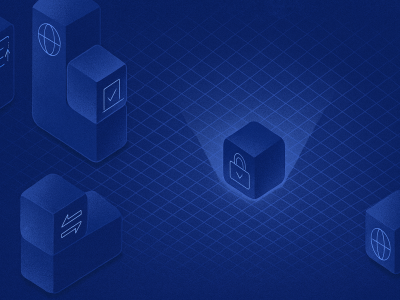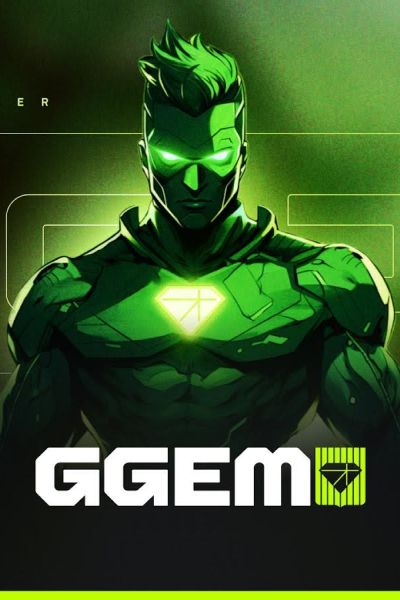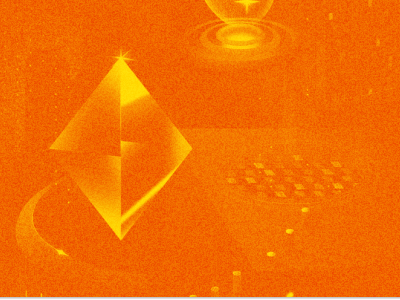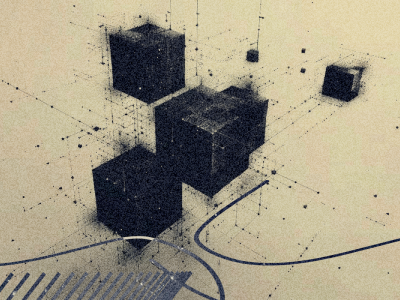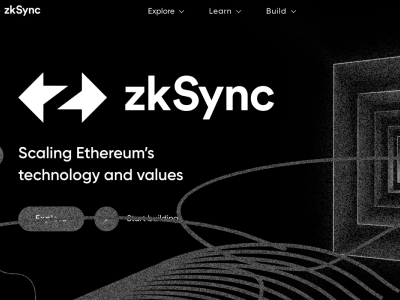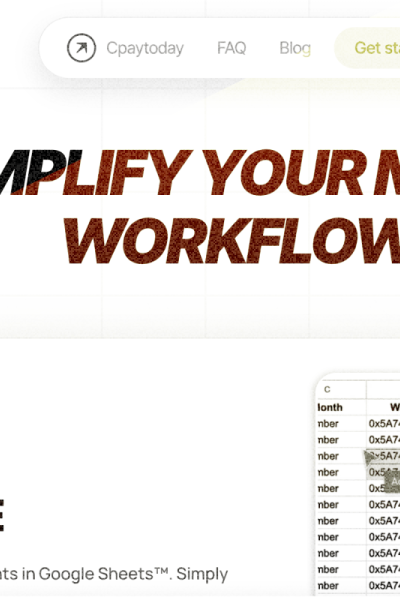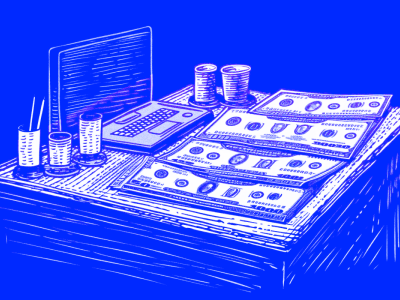1. Spoiler: from discovery.
Discovery is considered the first stage of development where the client's idea takes on specific characteristics, making the task clear for the development team, and allowing for a rough estimation of the implementation cost. During this stage, business processes that the launchpad will address are analyzed, various technical implementation options are considered, and optimal solutions are proposed. In simpler terms, the client will gain insight into what users can do on the platform, what services need integration, whether a native token is required, and if so, how and on which network it should be launched. Discovery provides the client with a clear understanding of the future platform, its mechanics, a work plan for the team, and an approximate cost estimate.
The structure of Discovery may vary among different companies. The principles typically involve quick analytics and moderately detailed technical requirement elaboration. After the research, clients are provided with documentation that includes:
The cost of Discovery is usually estimated at 2-10% of the MVP (Minimum Viable Product) cost. The value of this approach lies in the new possibilities opened by the prepared material. The results of Discovery can be presented convincingly to investors, helping with budget and timeline orientation. Additionally, Discovery enables flexible development by allowing the postponement or addition of features in subsequent phases. With concrete data, it becomes easier to compare the project estimate with commercial proposals from other development teams.
2. Target audience selection
A launchpad is a service designed for investors. Investors can be either "retail," meaning individual individuals, or institutional, including various funds, corporations, and other organizations.
This choice influences both the platform's UI/UX and the business model. For larger investors, private sales rounds and thorough KYB (know-your-business) checks are usually conducted.
In launchpads targeting individual investors, it is essential to ensure convenience for people with varying levels of experience in entering the investment market, a stable infrastructure, and protection against bots and scams.
3. Choice of launchpad implementation mechanism
The primary task of launchpads is to ensure the convenience and security of transactions, guaranteeing that an investor who wants to acquire tokens at the initial price will receive them, and the founder of the startup intending to sell them will receive the funds from the token sale in full.
The challenge for the launchpad founder is to find a method to align the interests of the interacting parties. How to protect investors from scam projects? How to ensure blockchain entrepreneurs capture the interest and attention of the public?
As mentioned earlier, the choice of target users largely determines the subsequent implementation mechanism of the launchpad. There are two ways to organize the product:
- 1) Develop an autonomous system of smart contracts that guarantees the execution of both parties' commitments at the code level. In other words, the launchpad owners propose a technical solution to this problem that automatically executes sales and other processes.
- 2) Ensure a reliable management team that operates clearly within the framework of the law and the organization's charter, thereby ensuring the execution of necessary and transparent procedures.
In practice, public launchpads, targeting mass users, typically operate on a hybrid model: critical product logic is implemented in smart contracts, while the rest is handled by a traditional backend. Private launchpads are always centralized services with full control by the product administration.
As an example of a launchpad model fully based on smart contracts, Camelot on Arbitrum can be mentioned: a decentralized platform that effectively achieves fair token distribution.
To illustrate a team's operation under a strict protocol, TrustPad can be cited: individuals decide whether to accept a project on the platform based on a clear set of rules. Due to higher security guarantees, this implementation method is preferable for projects targeting institutional investors. The challenge lies in the need to assemble a reliable and legally knowledgeable team capable of verifying various documents and collecting proofs to ensure that they are dealing with a legitimate project and not scammers.












